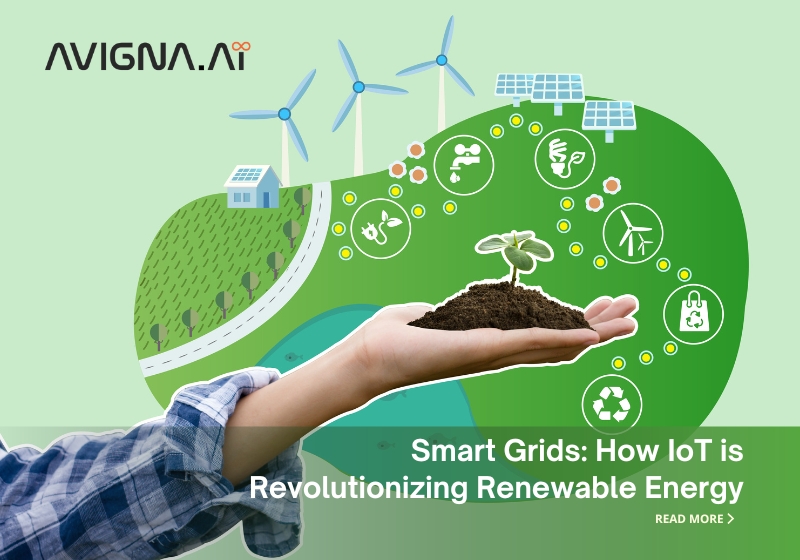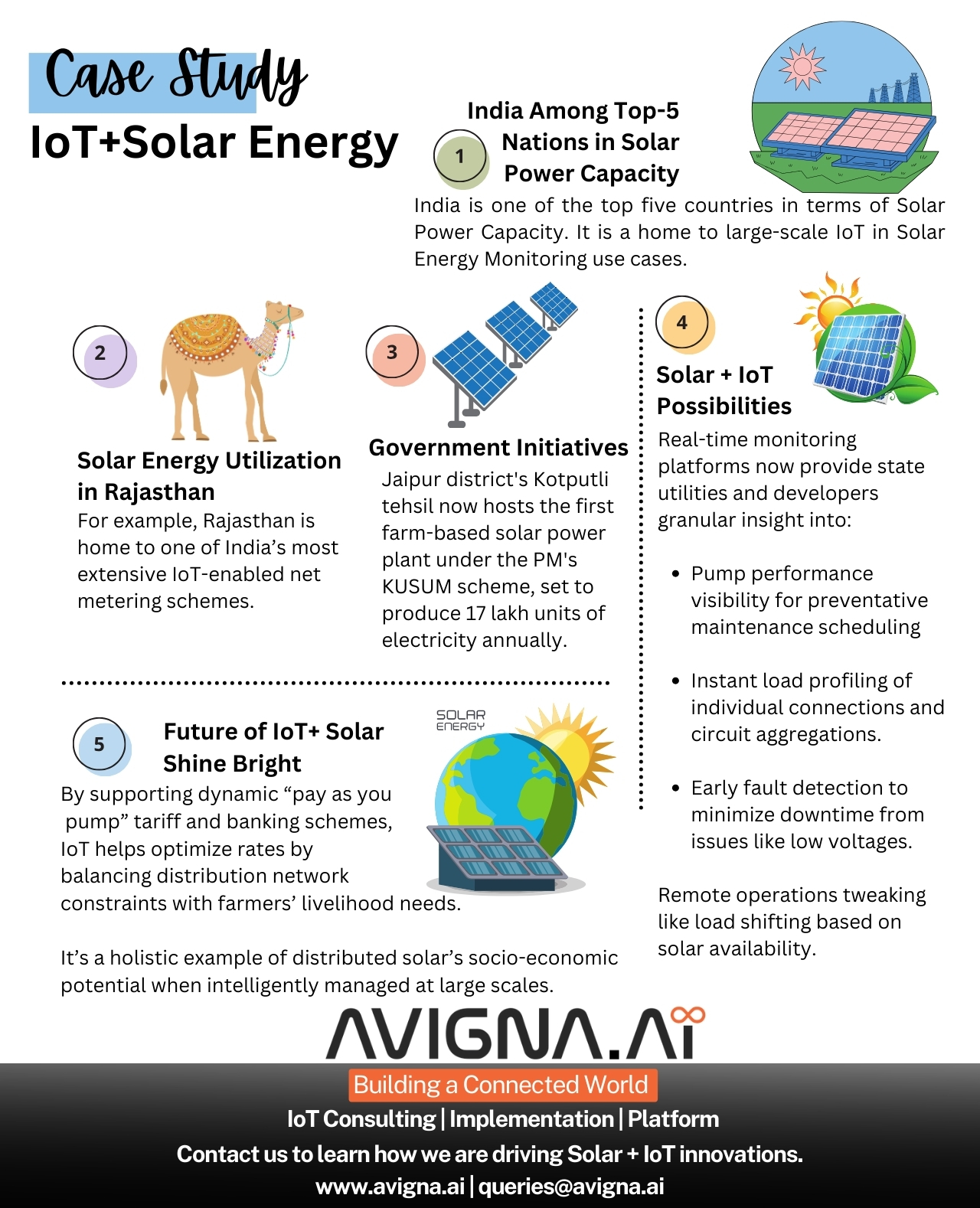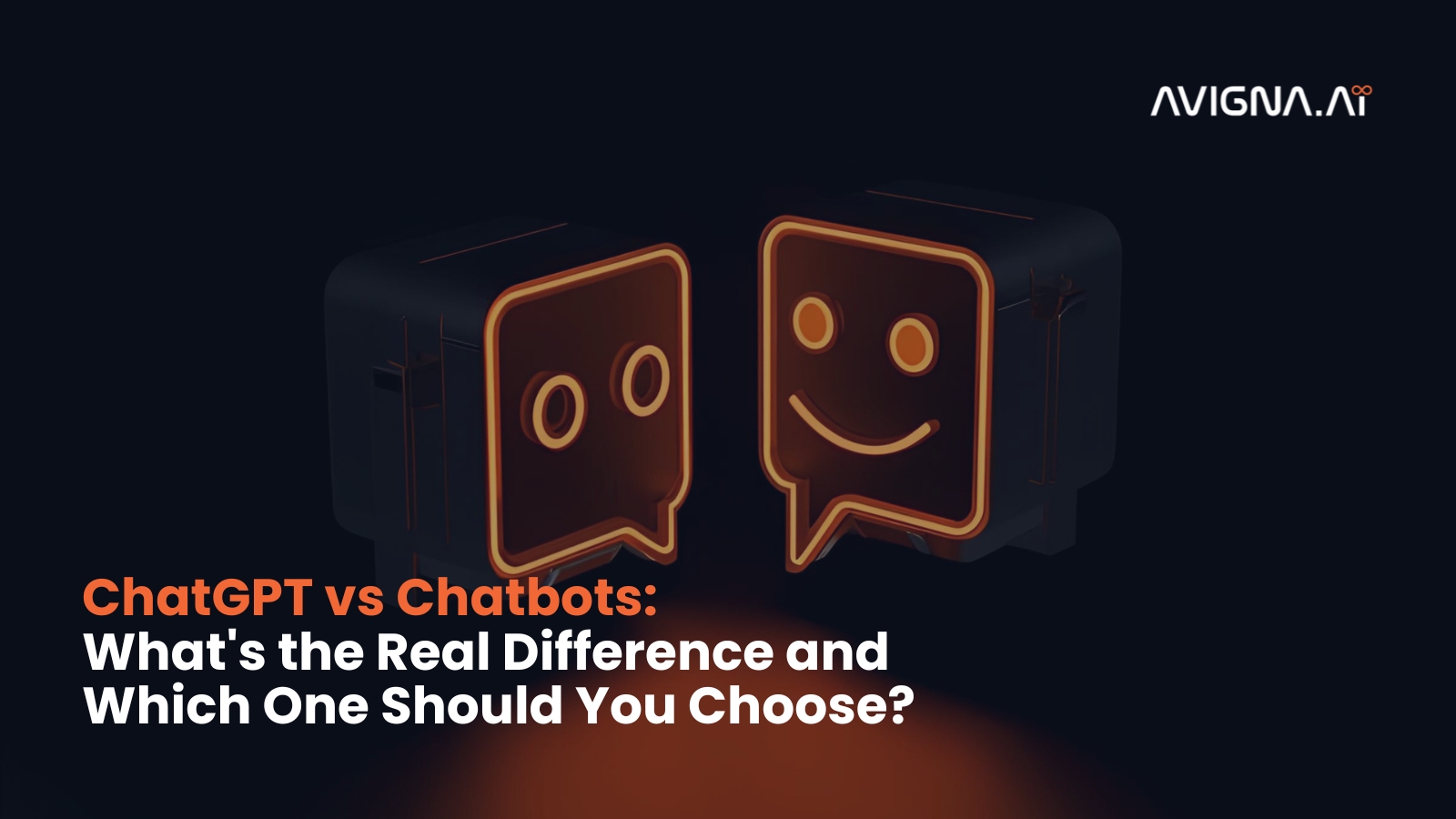Smart Grids: How IoT is Revolutionizing Renewable Energy?
The coming of solar and wind as alternative resources has significantly increased the worldwide portion of green energy. In recent reports of World Economic Forum, it has been reported that renewable sources can account for greater than 35% of total power output by 2025. Nevertheless, this clean energy transition is commendable, but it still needs to be improved when integrating non-dispatchable renewable sources into current grids. One solution is to modernize the electrical grid to accommodate the widespread use of renewables through appropriate monitoring systems and two-way communication.
Understanding Smart Grids
Traditional energy networks have benefited us for more than 100 years, but they were set up with linear movement in mind, from centralized generators to inert users. As a result of the increasing decentralization and incorporation of new energy sources like sunlight and wind, this model needs to be modernized.
The issue is resolved through an ambitious upgrade of smart grids, consisting of an advanced system of sensors, monitors, intelligent appliances and meters that obtain data from residences and business establishments to evaluate electricity consumption.
Some key characteristics of an intelligent grid include:
- Two-way communication between generators and users enables demand response by encouraging consumers to adjust peak usage to relieve grid stress.
- Incorporates advanced decentralized generation systems for reconciling all sorts of renewable energy, such as wind and solar.
- Implement smart meters that enable time-of-use pricing incentives and empower customers with usage data.
- Advanced monitoring using IoT-connected sensors to detect and resolve outages or equipment failures quickly.
- This is accomplished by battery systems that make up for irregularly available renewable power sources, e.g. solar, hydro, etc.
- Enabling vehicles to supply power back into the grid is V2G, which can be achieved through integration with electric automobiles, thus allowing for more grids and the movement of energy from cars to the electricity transmission system.
Recent Trends in the Smart Grid Industry Powered by IoT
The benefits of using IoT to resolve renewable integration challenges are backed by impressive smart grid adoption trends worldwide:
- Smart grid technology expenses will peak at $173 billion annually by 2030 while experiencing a compound annual growth rate (CAGR) of 16.8 per cent.
- The Asia Pacific region has become the largest market mainly due to renewable goals in China, India and Japan.
- According to projections made for 2030, 45 per cent of Europe’s energy is expected to originate from renewable sources as the EU’s objectives are met ahead of time, assisted by digitalization.
The Benefits of Smart Grid Technology
Some key benefits of smart grid systems include:
- Increased reliability by quickly detecting and responding to outages or disruptions. Self-healing networks can reroute power.
- Automated monitoring and fault prevention reduce operational and maintenance costs for utilities.
- Using clean energy sources such as solar and wind is optimized, thereby minimizing carbon footprint.
- Electric vehicles are integrated via a mechanism to make vehicle-to-grid (V2G) electricity trades possible, which convert EVs into portable batteries.
- The protection of grid infrastructure against cyber-attacks, current monitoring, and prompt emergency shutdowns all work towards bettering the safety of these systems.
The Role of IoT in Managing Renewable Energy
Smart grids are filled with internet-connected sensors and devices which serve to optimize renewable energy in three main manners:
1. Real-Time Monitoring of Supply and Demand
IoT sensors, which have been put on devices such as solar panels, wind turbines and much more, can tell how much power they generate at any moment. They transmit live generation data wirelessly to control centres.
Meanwhile, smart meters at consumer and industrial premises transmit minute-by-minute consumption figures. This allows system operators to see if supply adequately meets demand every moment and initiate corrective responses when needed through the IoT network.
2. Demand Response through Smart Appliances
Utilities can leverage IoT to implement demand response by communicating incentives and controlling loads. Programmable smart thermostats, washers/dryers and other appliances connected to the net can be signalled to shift their timing away from peak solar/wind lulls to flatten demand curves.
Consumers benefit through incentives, while grid operators ensure maximum renewable usage. For example, an upcoming sunny but windless afternoon could prompt smart meters to reduce residential AC loads to maintain balance temporarily.
3. Energy Storage Management and Trading
When intermittent generation exceeds immediate needs, the surplus can either be stored or sold back to other grids/markets through IoT-enabled controls. Batteries, electric vehicles, and other IoT-linked storage assets charge up to time-shift renewable power for later use or to carry out automated trades.
In the future, distributed ledger technologies will further help pool storage reserves across regions for real-time trading of green energy certificates. This boosts renewable penetration.
Challenges and Solutions
While IoT opens tremendous opportunities, its uptake in power sector applications also faces certain challenges:
- Interoperability between diverse vendor equipment in large-scale rollouts needs standardization.
- Data security is a top concern, given the nature of critical infrastructure. Strong cybersecurity protocols are essential.
- It ensures the long-term reliability and durability of sensors operating in remote, harsh environmental conditions.
- High initial installation and equipment costs must be addressed through economies of scale.
- Regulatory and policy support is critical for widespread smart grid and renewable portfolio standards.
- The utility workforce requires extensive reskilling for digital operations and maintenance roles.
Addressing such issues will determine how fast IoT can drive the green energy transition. In the future, advanced solutions like predictive maintenance, blockchain-backed peer-to-peer renewable energy trading, microgrid integration, and demand-side management are ways IoT can further improve renewable operations.
Let’s Build the Future of Renewable Energy with IoT
Avigna is a premier IoT solutions provider for global giants in the renewable energy sectors. Our team is passionate about building a green, connected future. Connect with us for a free IoT consultation to discover how to transform your renewable energy solutions with IoT. Contact us at queries@avigna.ai. Learn more about us on LinkedIn.




